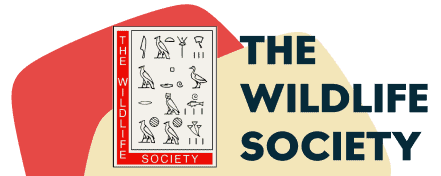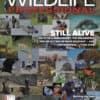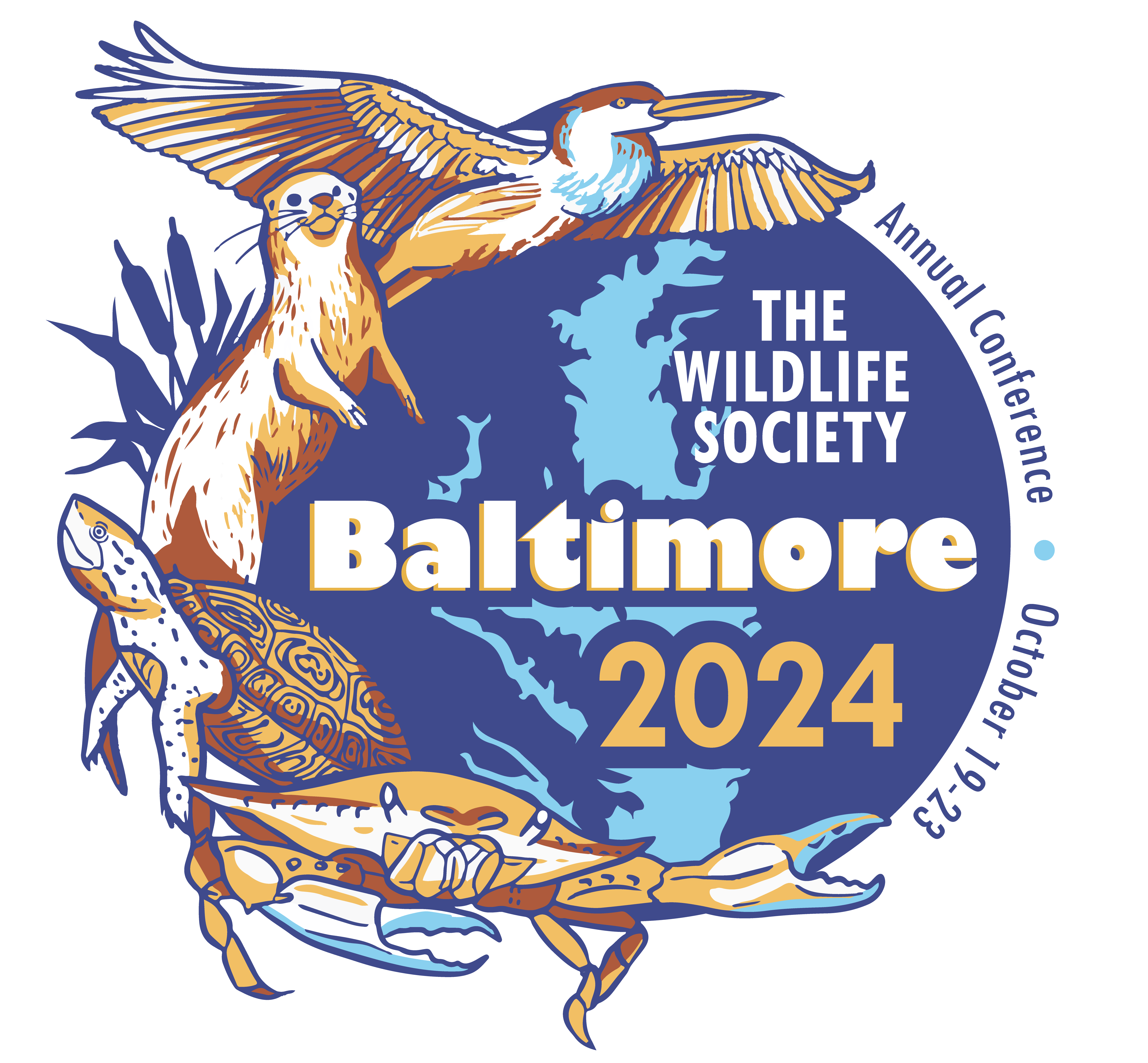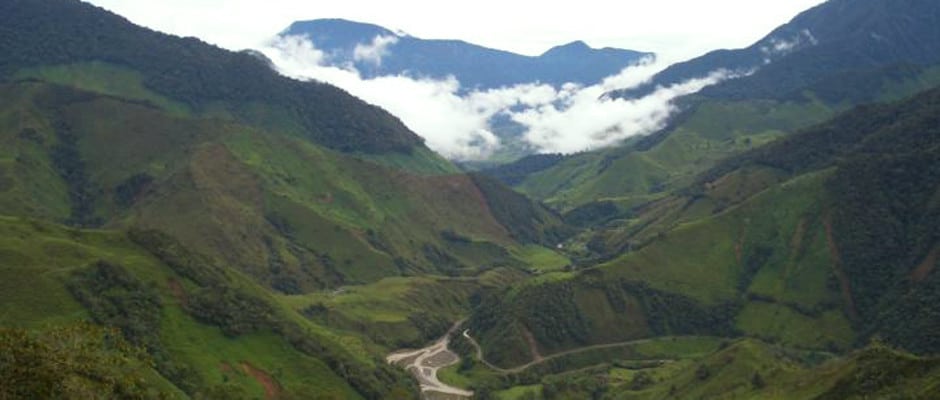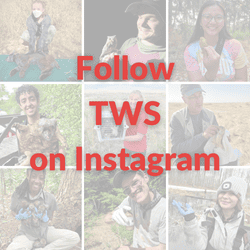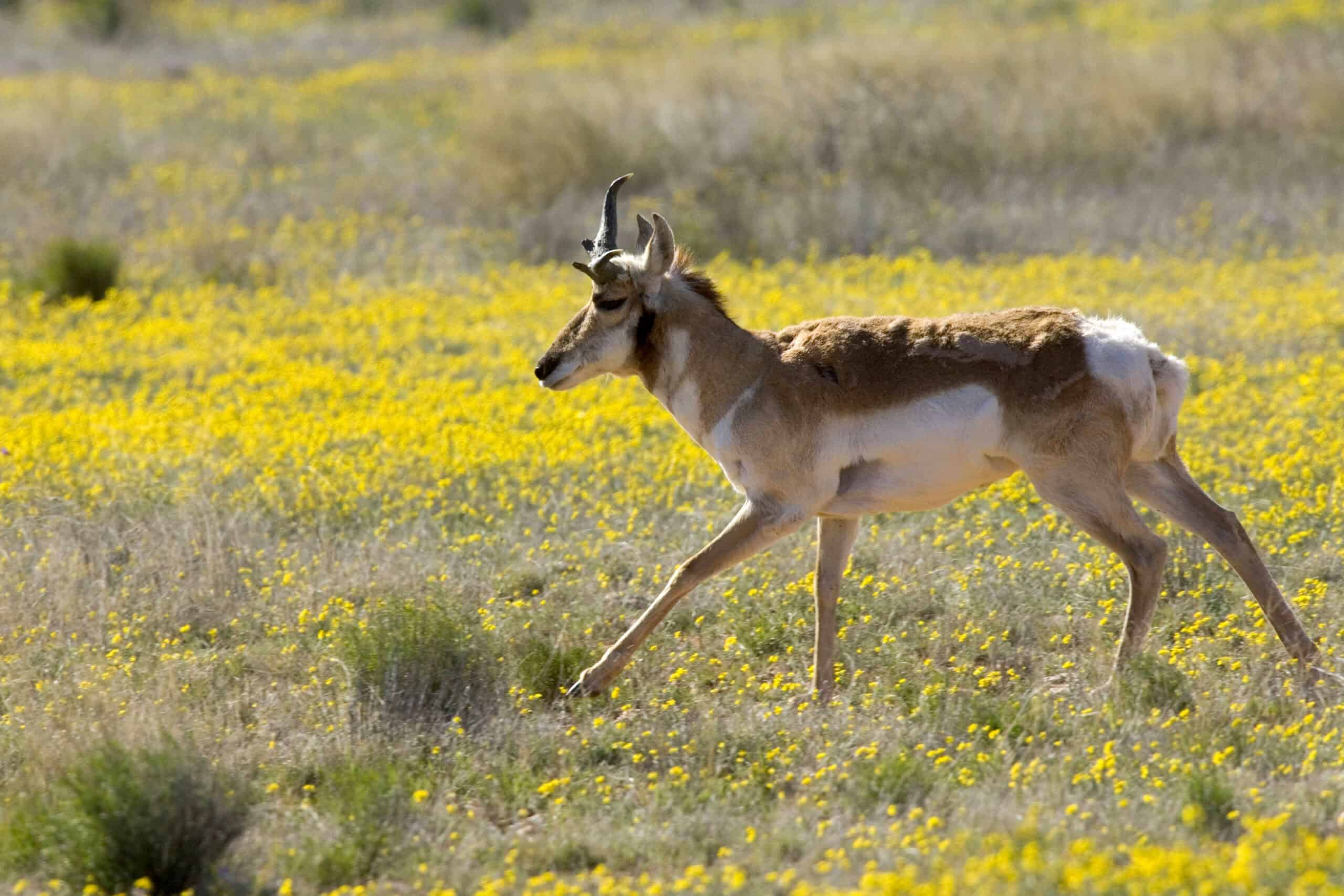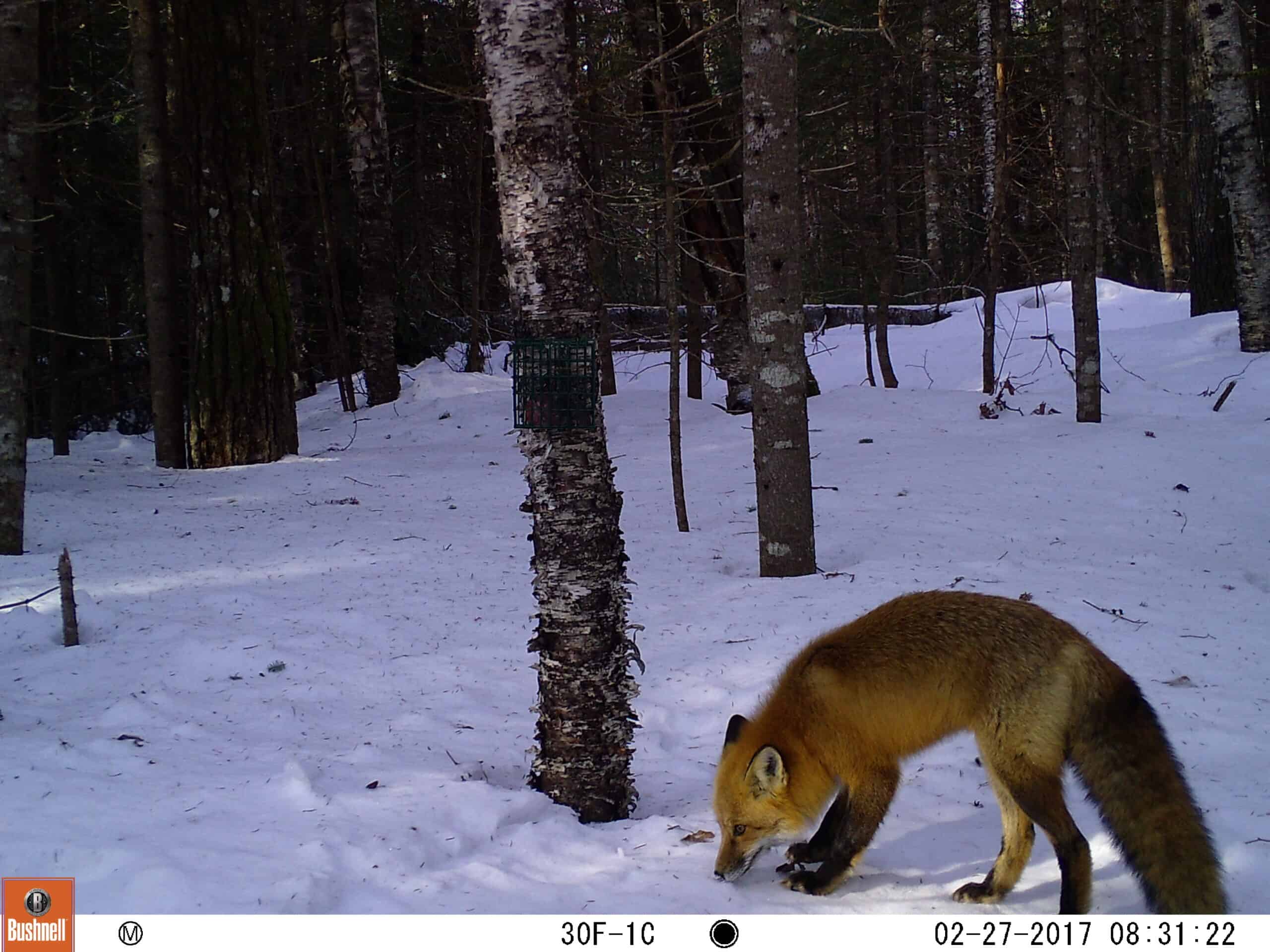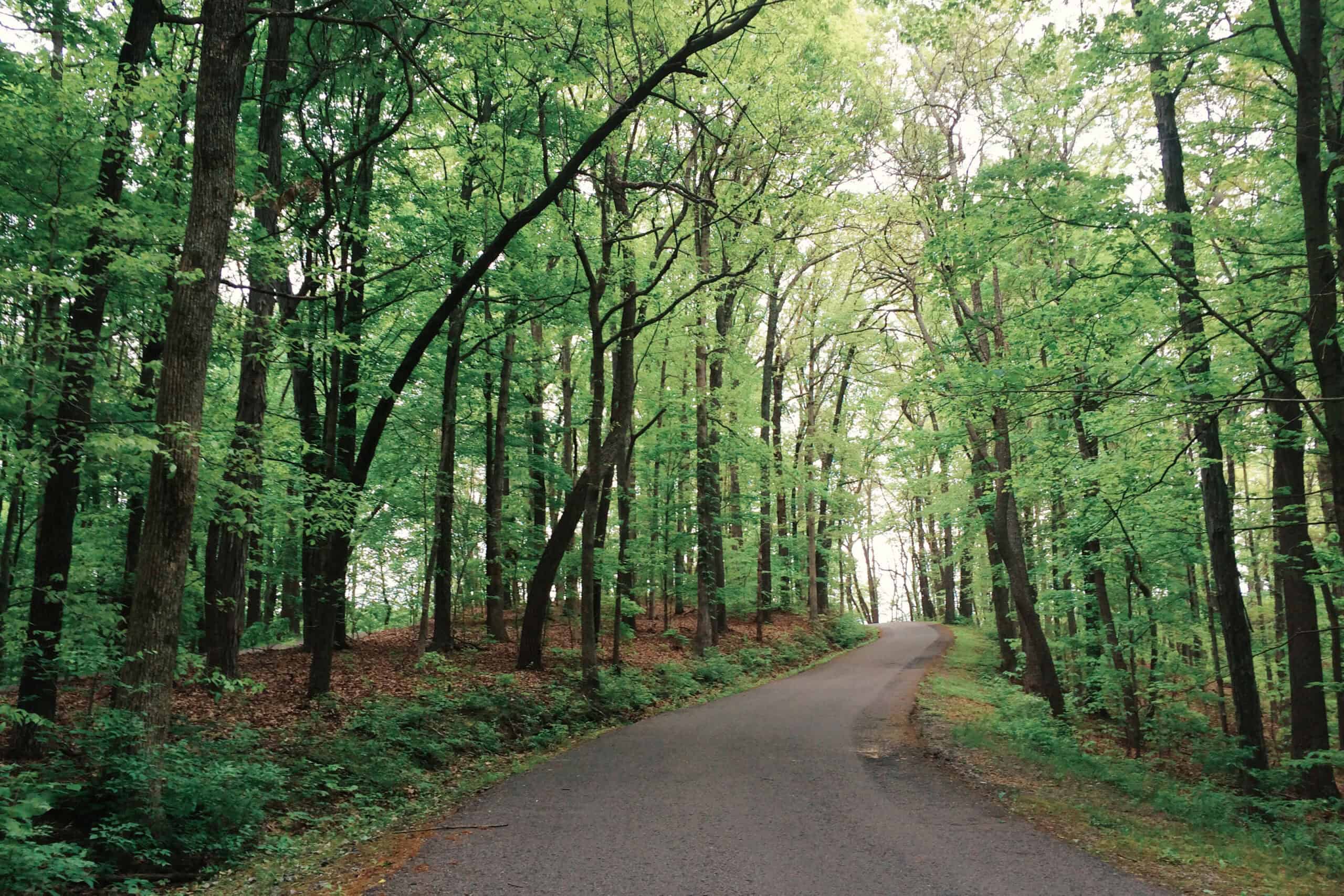Share this article
Intensive Farming May Not Hurt Tropical Bird Diversity
Farming more intensely in some areas may not impact tropical birds if it means leaving areas with more natural habitat alone, according to new research.
“We need to be thinking far more effectively about how we can tie high intensity agriculture together with the long-term protection of greater areas of threatened habitats,” said David Edwards, a lecturer in Conservation Science at the University of Sheffield in the United Kingdom and the lead author of a study released yesterday in Current Biology.
He said that some conservationists have suggested that less intensive farming may benefit bird populations, but the problem with this is that more land would be needed for agriculture in order to meet sustainable food demands for human populations.
The researchers set out to find out whether less intensive farming that incorporated some small natural forest features would even benefit bird biodiversity. They examined farming practices in the Choco-Andes region of Colombia, counting birds and recording species in intensively farmed and in less-intensively farmed areas.
Instead of just counting the number of birds, Edwards and the other researchers wanted to determine if biodiversity was being sustained, so they looked at whether genetically distinct birds were being conserved.
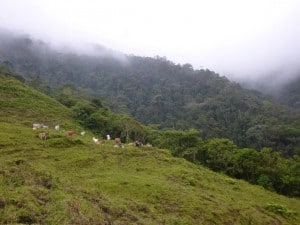
A cattle pasture next to contiguous forest in the Choco-Andes region of Colombia. When farther from large forests, low-intensity farming loses more total evolutionary diversity. Image Credit: David Edwards
Edwards said that the areas with the most bird diversity were those closest to large, natural forest areas, regardless of whether they were intensively farmed or not. If farming areas were far from a large natural forest, they lacked the same kind of diversity, even if those areas incorporated some natural features or were farmed less intensively.
“Having these natural features in the landscape doesn’t really enable your retention of bird evolutionary history,” he said. “So even if farming at low intensity over a larger area retains the number of species present, those species are less evolutionarily distinct and thus preserve less phylogenetic diversity,” he added in a release.
He said this is important as the Choco-Andes region is a “hotspot of endemism” with widespread impacts from low-intensity farming that make it “one of the most threatened faunas on Earth.”
“Globally most conservation payments and policies are driving towards incorporating biodiversity in farmland,” Edwards said. But his study in Colombia seems to show it is better to farm the areas that have already been cleared for farming more intensely, while leaving natural areas alone.
“It is vital to consider how best to farm here, but also to use this region as a model for how best to farm in other locations.”
Header Image: Intensive farming, when combined with protecting natural forest areas, is better for retaining evolutionary diversity in tropical birds than having low-intensity farming with some isolated trees and forest patches.
Image Credit: David Edwards
